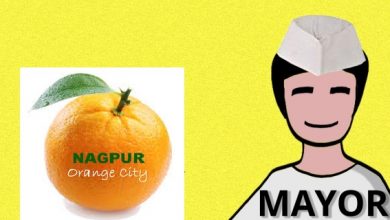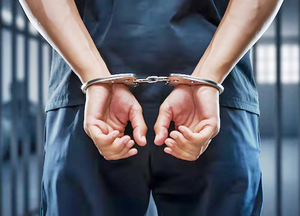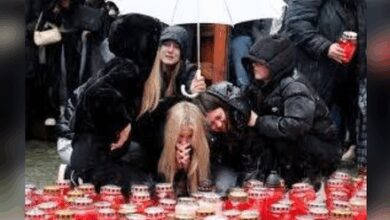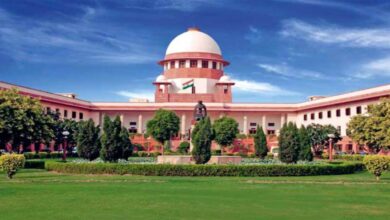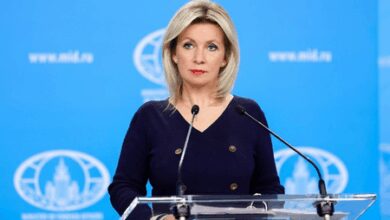M.M Somaya delves into game’s history as Indian hockey commemorates 100 years
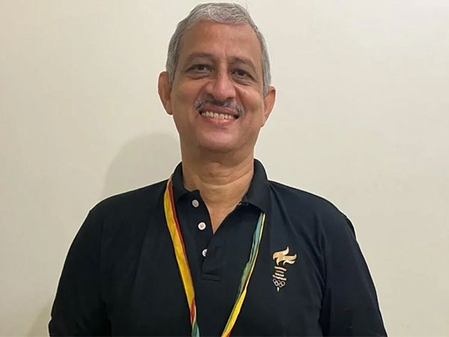
New Delhi, Oct 27 (IANS) For decades, Indian hockey exemplified excellence on the international stage. With a proud record of 13 Olympic medals — Eight gold, one silver, and four bronze — India became a dominant force in the sport. Few have witnessed this golden era more closely than M.M Somaya, who competed in three consecutive Olympics — 1980, 1984, and 1988.
As a member of the gold medal-winning team in the 1980 Moscow Olympics, Somaya also had the honour of captaining India at the 1988 Seoul Olympics.
As India’s hockey community gathers to mark 100 years of the sport’s formal organisation in the country, Somaya sees this milestone not just as a celebration of medals and victories but also as an acknowledgement of the numerous individuals and institutions that have supported the game. For him, the centenary honours both the unsung contributors who established Indian hockey’s foundation and the players who brought the tricolour to the international stage glory.
“While we rightly celebrate the players who brought glory to the nation, I would dedicate these hundred years to the people behind the scenes,” said Somaya, as quoted by Hockey India. “From employers such as the Indian Railways, Armed Forces, Police, Banks, and Petroleum companies to fans, who have stood by the game through every high and low — have all helped create the ecosystem that sustains Indian hockey and they surely deserve equal credit.”
Somaya made his debut during a period when hockey was shifting from natural grass to artificial turf, marking one of the most significant changes in the sport’s modern development. “I had never seen AstroTurf before the Moscow Olympics. We had to adapt instantly to a completely new surface that changed the pace and tactics of the game. Over time, Indian hockey learned to evolve — shifting focus from individual brilliance to collective structure and strategy.”
Further reflecting on his three Olympic appearances, Somaya recalled, “Playing in three Olympics was both an honour and a test of commitment. I didn’t have much competition for the position I played — I used to play as right half — but it took a lot of dedication and discipline. The support I received from people back home and my friends really pushed me to do well. My employers were also very supportive as they gave me the freedom to practise as much as I wanted. In those days, there wasn’t any real financial benefit in playing hockey — it was pure love for the sport that kept us going. That love still drives me today, even as I continue to follow the game as a keen spectator.”
Somaya considers the last 15 years to be among the most transformative in Indian hockey’s history. “We are now playing a faster, more structured brand of hockey. The presence of world-class coaches, scientific training, and strong academies in states like Punjab, Odisha, and Haryana have completely changed the face of the sport,” he said.
Praising the current Indian men’s and women’s teams, Somaya added, “The professionalism, fitness, and scientific approach of today’s players — from nutrition and recovery to tactical preparation — are world-class. The Tokyo Olympic bronze was not just a medal; it symbolised the resurgence of Indian hockey. This is a golden generation in every sense.”
Looking ahead, the former captain emphasised the importance of a strong talent pipeline to maintain India’s success throughout the next century. “We must start early — with structured programs from under-12 to under-21. The development squad and India A teams are excellent initiatives. If we continue to train young players scientifically and expose them to world-class competition, India will remain among the global elite for years to come.”
As Indian hockey celebrates a hundred years, Somaya’s reflections evoke both fond memories of the past and hope for what lies ahead. “This centenary is not just about celebrating the champions who wore the India jersey, but it’s a tribute to every unseen contributor — administrators, employers, coaches, and fans — who have kept the spirit of Indian hockey alive for a hundred years,” he concluded.
— IANS
vi/bc

